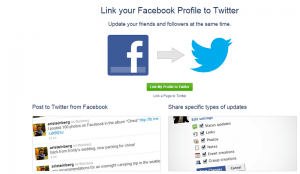The consumption of digital video has been increasing in recent years, and each time consumers spend more hours watching videos from your computer, tablet or especially mobile, leaving other leisure activities like that of sitting in front of TV to see what it is they’re throwing. Consequently, it is expected that the monetization of this format also continue to increase.
In addition, according to data from Cowen and Company, it makes a very good pace: both investments in advertising as the number of subscriptions to online video platforms are growing very quickly, confirming the good health of the digital video.

Thus, during the first quarter of 2016 they have already significantly increased spending expectations for online video ads this year, and is a trend that will only be exacerbated in the future. If 2016 is expected to reach 9,900 billion dollars of spending on advertising digital video (US only), the figure rises to 28,080 million for 2020.
In addition, although investment in mobile ads will be higher than ads for desktop, the growth rate of the latter will also remain in double digits, while the rest of the categories for computer fall figures ridiculous growth or even decline.
These figures make the video on digital channel fastest growing over the years, both through mobile and computer. The growth of investment in advertising for videos surpass even that of social networks, it is estimated that growth will begin to slow in coming years, although the numbers are still very good: if this year they will invest 12,760 billion social advertising in 2020 will be 31,740 million.
On the other hand, the video this year represents 19.7% of advertising investment, two more than last year points, while social networks account for 22.3%. For now, though, they are display ads and search those who get most of the budget (27.4% and 25.4% respectively), but both have declined in importance over last year -due precisely growth channels such as video or social media.
You may also like to read another article on Web-Build: Blogger and YouTube, the great allies of beauty brands
The tolerance of viewers to ads is getting worse
Every time you invest more on advertising to digital video, but this also results in a greater number of ads, something that every time there is less tolerance and rejection by most users. According to a study of Limelight, 61.8% of consumers leave a video if there are too many ads on it. This is one of the main reasons to leave a video halfway (with poor quality thereof), and there is a 26.7% leaving any video begins with an ad that cannot jump (and another 16, 4% who abandons simply if you start with an advertisement).
More and more users, therefore, want to block those ads: according to a new survey from Nielsen 65% of users of video platforms would block ads and 62% say they find them annoying and distracting. Although Netflix, one of the most popular platforms, has no ads, there are many others that do and whose experience is being interrupted by the videos. As in the rest of the channels, greed can break the sack.









+ There are no comments
Add yours